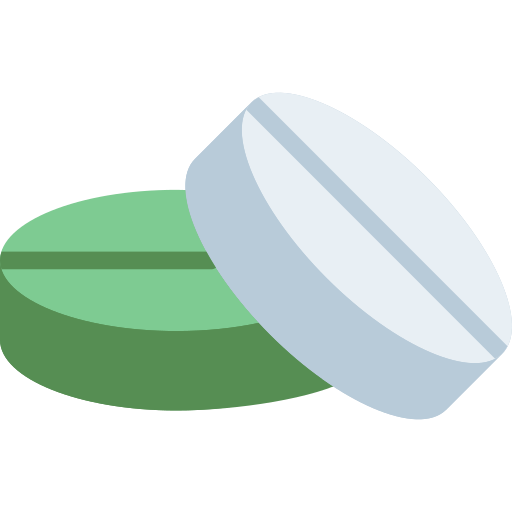
Griseofulvin [Microsize]
500 mg
Gonoshasthaya Pharma Ltd.
Product Details
Description
Major indications for griseofulvin are: Tinea capitis (ringworm of the scalp) Tinea corporis (ringworm of the body) Tinea pedis (athlete's foot) Tinea unguium (onychomycosis; ringworm of the nails) Tinea cruris (ringworm of the thigh) Tinea barbae (barber's itch) Griseofulvin inhibits the growth of those genera of fungi that commonly cause ringworm infections of the hair, skin, and nails, such as: Trichophyton rubrum Trichophyton tonsurans Trichophyton mentagrophytes Trichophyton interdigitalis Trichophyton verrucosum Trichophyton sulphureum Trichophyton schoenleini Microsporum audouini Microsporum canis Microsporum gypseum Epidermophyton floccosum Trichophyton megnini Trichophyton gallinae Trichophyton crateriform Note: Prior to therapy, the type of fungi responsible for the infection should be identified. The use of the drug is not justified in minor or trivial infections which will respond to topical anti-fungal agents alone.
Should be taken with food. Take immediately after meals.
Patients on warfarin-type anticoagulant therapy may require dosage adjustment of the anticoagulant during and after griseofulvin therapy. Concomitant use of barbiturates usually depresses griseofulvin activity and may necessitate raising the dosage. The concomitant administration of griseofulvin has been reported to reduce the efficacy of oral contraceptives and to increase the incidence of breakthrough bleeding.
This drug is contraindicated in patients with porphyria, hepatocellular failure, and in individuals with a history of hypersensitivity to griseofulvin. Two cases of conjoined twins have been reported in patients taking griseofulvin during the first trimester of pregnancy. Griseofulvin should not be prescribed to pregnant patients.
When adverse reactions occur, they are most commonly of the hypersensitivity type such as skin rashes, urticaria and rarely, angioneurotic edema or erythemamultiforme-like drug reaction, and may necessitate withdrawal of therapy and appropriate countermeasures. Paresthesias of the hands and feet have been reported rarely after extended therapy. Other side effects reported occasionally are oral thrush, nausea, vomiting, epigastric distress, diarrhea, headache, fatigue, dizziness, insomnia, mental confusion and impairment of performance of routine activities. Proteinuria and leukopenia have been reported rarely. Administration of the drug should be discontinued if granulocytopenia occurs. When rare, serious reactions occur with griseofulvin, they are usually associated with high dosages, long periods of therapy, or both.
Pregnancy Category C. Either studies in animals have revealed adverse effects on the foetus (teratogenic or embryocidal or other) and there are no controlled studies in women or studies in women and animals are not available. Drugs should be given only if the potential benefit justifies the potential risk to the foetus.
Patients on prolonged therapy with any potent medication should be under close observation. Periodic monitoring of organ system function, including renal, hepaticand hemopoietic, should be done. Since griseofulvin is derived from species of penicillin, the possibility of cross sensitivity with penicillin exists; however, known penicillin-sensitive patients have been treated without difficulty. Since a photosensitivity reaction is occasionally associated with griseofulvin therapy, patients should be warned to avoid exposure to intense natural or artificial sunlight. Should a photosensitivity reaction occur, lupus erythematosus may be aggravated.
Other Antifungal preparations
Store between 15-30° C.
-
Support 24/7
Call us anytime -
100% Safety
Only secure payments